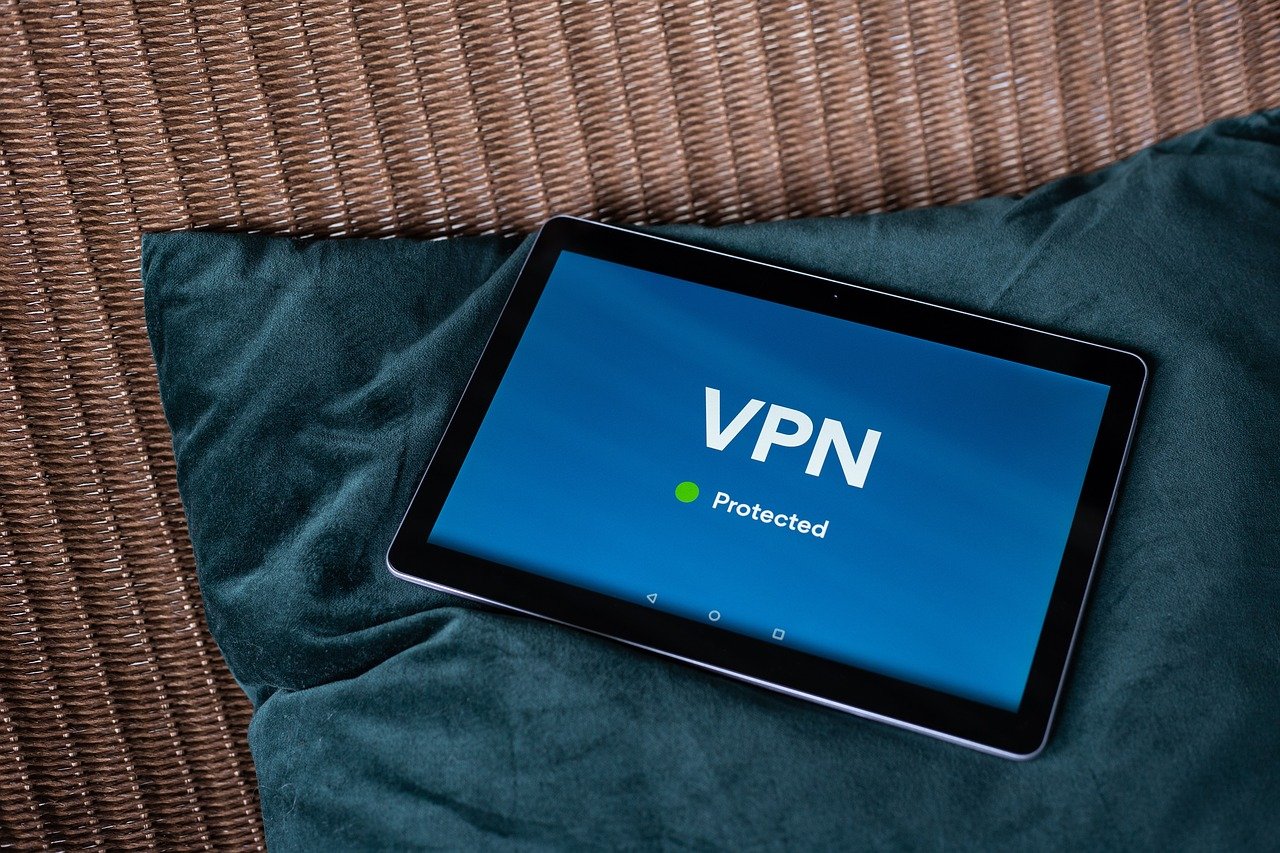As we are nearing the end of 2021, the revenues earned by mobile apps across all stores crossed a hundred billion, and it shows the ever-growing popularity and dominance of mobile apps across the business niches. As a result, more and more businesses are finding app development irreplaceable from their scheme of things.

But mobile apps also represent the most competitive business since thousands of apps in every category are fighting for visibility and traction. This is why following the time-tested development process has become crucial for the success of app projects.
Here we are going to explain the critical stages in an app development process.
Finalizing the App Idea
However, trifling it may sound, there can be hardly any doubt that every app project begins basically as an idea. Every app idea, on the other hand, offers a specific solution to one or several problems. So, an app idea is a relevant solution to solve a problem.
When finalizing the app idea, you need to look for other similar apps that previously tried to solve the same problem. However, if you are coming up with something truly unique, understand the marketability and value proposition of the app idea.
Understanding the Competition
Once the mobile app development process idea is finalized. You need to take a deeper look at the market competition your app will face. First, you need to identify the popular competitor apps among the same target audience of yours. Next, you need to look for similar apps offering similar value propositions.
To understand the competitor apps, know their download and install figures first. Know what are the key features they are offering to their target audience. Know how they are monetizing their apps. Lastly, figure out what their shortcomings are and how you can offer something better with your app.
You may also like Mobile App Development: How to Navigate ion-nav in Ionic Modals
Know the Project Requirement in Depth
Now you have a clear idea about the app objectives, its target audience, and the competitor apps it will compete with. Now it’s time to understand the technical requirements for the app project in depth.
Since you already know the target audience and the devices and OS platforms they are using. You can decide to build a native iOS or Android app or a cross-platform app targeting both platforms.
According to the choice of platforms, you need to decide on the technology stack. For example, for native iOS development, you need Swift, Objective C, and Xcode coding skills. For native Android, you need Java or Kotlin expertise. As for cross-platform development, you can choose between Flutter or React Native. For finding the most extensive choice of skilled resources, app developers in India offer the most cost-competitive option.
Coming with a Minimum Viable Product (MVP) Roadmap
Building a fully-fledged app with everything shaped to perfection will be impractical since perfecting things largely depends on user feedback. This is why it is advisable to come up with a Minimum Viable Product (MVP) project roadmap. It is basically about creating a basic functional app with the core app idea put to use while leaving aside other features, UX elements, and value additions for future updates.
The MVP app will help you validate the core app idea, its impact, the key features and functions, and user experience. MVP approach will help you make the core app available to the users and gather user feedback based upon which you can further shape the app with more value additions.
Signing Non-Disclosure Agreement (NDA)
Once the project requirements are discussed with the development company and the development roadmap is finalized. It is time to sign a Non-Disclosure Agreement (NDA) to safeguard all project details and business information against potential data leaks.
Since an app concept and development details are intellectual properties. They must be legally protected from getting public and shared with other business entities. This is why it is important to sign a Non-Disclosure Agreement (NDA).
You may also like An Entrepreneurial Guide for E-commerce Development
Designing the App Wireframe
To shape the app’s look and feel, you need to make screen sketches with all the layout, placement of buttons, menu options, and visual grids drawn on paper with a pencil. We call this mobile app design process wireframing, and it is the basic and first stepping stone in the design process.
Though wireframing is traditionally done with just simple pencil sketches on paper, several wireframe design tools can be highly effective in shaping the basic app design in detail. Balsamic, Slack and several others can be chosen for this purpose.
UI/UX Design
Now that you have a credible wireframe offering the key dimensions and ingredients of your app design. It is time to shape the UI/UX of the app with specific design attributes such as color, fonts, etc.
As for using tools for professional UI/UX design, you have great tools like Adobe Photoshop, Adobe XD, and Sketch. The app icon is created beside the splash screen, sign-up forms, home page, and page layouts in detail in this design process with the mobile app development process.
App Development
Now when the design is finalized, it is time to get into core app development consisting of frontend and backend development. As we have already specified, based upon the native platform choice or cross-platform development choice, you have already picked up expert resources skilled in respective languages and tools.
As for choosing the databases, you can pick from two principal databases, such as SQL and NoSQL. SQL is older and offers several implementations such as MSSQL, MYSQL, and PostgreSQL. On the other hand, NoSQL in recent times has emerged as a more performance-savvy choice. Developers, based on the nature of your project, will decide upon the right database choice.
As for hosting infrastructure, you can either go for traditional hosting servers or opt for cloud-based server options such as Amazon Web Services (AWS), Google Cloud, etc. Cloud-based services offer a flexible pay-as-you-use model which is cost-effective while offering a highly scalable solution.
You may also like 10 Amazing Tips to Manage E-commerce Website
App Testing
Finally, your app project must be tested thoroughly to ensure stability, usable and highly secure. An app must go through different testing phases such as performance testing, usability testing, unit testing, stress testing, security testing, etc.
It would help if you prepared several use cases to evaluate the app product and get to know its shortcomings and the ways it can be further improved.
Conclusion
Besides taking into account all these stages, a mobile app development process should also prepare with a sound post-development support and maintenance team. App development is never a one-time game. It is a continuous one and requires continuous look after.
Would you like to read more about Mobile App Development Process-related articles? If so, we invite you to take a look at our other tech topics before you leave!










